Possibility 1: Walk in the early or late season avoiding the high summer completely. Yes you are right that sounds obvious but why then do so few people do this? It is fair to say that both June and September get busier and busier each year as TMB numbers steadily increase and bookings are squeezed out either side of the July/August window. However, I have found that (with a few exceptions) it is still perfectly possible to set out on the TMB without booking far ahead. Now every year is different and there are no guarantees but if you can be a little flexible then it can be done. In June 2018, I walked the TMB in 6 and half days, starting in les Chapieux (where I parked my car). I booked no more than one day ahead and never had any problem finding accommodation. I stayed in the following places:
I also booked, and cancelled, various places as I travelled, making up my itinerary day-to-day based upon how I felt. The only place where I felt booking was difficult was Hotel du Col de la Forclaz. But this is always a pressure point as the TMB and Walker’s Haute Route both use it and it is also popular with large guided groups. In any case, now that the nearby (and newly refurbished) Refuge du Peuty has started serving meals, if you cannot get a booking at Forclaz then there is another option. June is a fabulous month: long days, plenty of snow on the peaks and amazing wild flowers. So why are there fewer people? Well it has a lot to do with snow. As you would expect it snows a lot in the Alps and it takes a while for winter snow to melt. It melts first low down and the snow line gradually gets higher as the spring progresses. Normally, snow clears from high altitude passes (cols) at some point in June. Often it is early June but on occasion the cols do not clear until early July. In July and August, the high altitude passes on the TMB are almost always passable. Normally, by mid-June they are snow free but there is a risk that they might not be. And that deters many people. However, even if there is some snow this is not necessarily a deal-breaker. Just because there is some snow on the cols does not automatically make them impassable: it is usually moist spring snow by June, which softens during the day and is usually OK to walk on by late morning if you take care. In addition, the TMB is usually well tracked with footprints long before you get there. However, it is not for everyone and you need to be aware of your own abilities and experience before walking in such conditions. The risk of slips or falls increases in snowy conditions. Take advice from your refuge or gîte before proceeding each day: they should be fully aware of the local conditions. Also, trail conditions in June are regularly updated at www.autourdumontblanc.com so you can check beforehand if it is safe. If you have not booked ahead then you can make a decision at the last minute. If there is to be a lot of snow then make sure that you have crampons and/or an ice axe or at the very least microspikes. There are now some incredibly light crampons for occasional use on alpine treks such as Petzl’s Leopards, which weigh just over 300g so you will hardly notice that you are carrying them. But snow may not even be an issue: in most years conditions will be pretty normal from mid-June onwards. And one word of warning: the later in June, the busier the TMB will get and the harder it is to get accommodation. June is great but my favourite season is September. The weather is often more settled than in the summer. The days are still warm but the crowds have gone. And the light! Oh the light! It has to be seen to be believed. Once the Ultra TMB race has finished at the start of September, numbers drop considerably and booking is normally easy (except perhaps at weekends). I have yet to find a trek in all of the Alps which needs to be booked more than a few days ahead after the first week of September. I would, however, pre-book Hotel du Col de la Forclaz if you really want to stay there. And perhaps Rifugio Bonatti too. Also pre-book weekends in September a bit further in advance if you can: often locals (who work during the week) are out for a last weekend hiking blitz before the colder weather arrives. Now I cannot guarantee that you will have the same experiences as me: my opinion is based upon having walked the TMB a number of times during June and September. And I am sure that there are plenty out there who will disagree, having had different experiences. But I can assure you that the TMB can still be done without much pre-booking in June and September. Nevertheless, numbers increase each year and I expect that there will come a time when June and September are just as busy as July. To be continued.......................
3 Comments
I am not going to get into the kit list today: I will cover that in a future post. But I will say that there is a natural tendency to bring too much on your first trek. As your experience grows, the contents of your pack shrink. And it is a process that never stops: after 2 decades of Alpine trekking, I am still finding ways to reduce my load. The less you bring, the smaller pack size you can use. And the smaller the pack size, the lighter your load. And that brings me neatly to weight.....
Weight Every item in your pack must be carried up and down every rise and fall on the TMB. That is of course obvious but what is less obvious is that your body is accustomed to carrying only its own weight and not heavy packs. As you trek up and down mountains with a heavy pack on your back, your muscles need to adjust to this shock to the system. For many, this adjustment will take place on the TMB itself rather than in training before the trek. And that is tough work. So the lighter you can make your pack, the less stress you place on your body and the more you will enjoy the TMB. An oz here or there seems like a small thing but it all adds up. I will talk about saving weight generally in later posts so here let's concentrate on the weight of the pack itself. Surprisingly, there is a massive weight difference between different packs. Even packs of the same size can vary massively in weight. For years I used a Deuter Guide 35L pack which is a great rucksack: strong and reliable......and very heavy: it weighed 1.6kg which amounted to more than 20% of my total pack weight. At the end of its life, I bought an Osprey Talon 33L which weighs only 0.91kg, a saving of nearly 0.7kg just on one item. Much of the drive for weight saving packs comes from the US where 'through-hikers' on long trails have fuelled the demand for ever lighter gear. In my opinion that Osprey pack is excellent. Packed with features and incredibly light. They also do a 44 litre version which is light too. But other brands make light packs too. Look for the lightest pack you can find that is comfortable for you: they are not always much more expensive. And that brings me to comfort....... Comfort Unfortunately, size and weight are not the end of the matter. One final thing to consider is comfort. Ideally you want a pack with well-padded straps and hip-belt. The latter is the most important as you should carry most of the weight on your hips and not your shoulders. As a general rule of thumb, the lighter the pack the less padding you will get and the less comfortable it will be. But that is only part of the story: I think it is fair to say that the lighter you can make your pack, the less you need thick padding. The Osprey Talon for example saves weight by reducing padding, particularly around the waist area. Some find it uncomfortable but I do not: my pack is light so I do not need very thick padding around the waist. If you carry more then you will probably need more padding. Conclusion There are a lot of confusing variables here so my overall advice is as follows:
If you have any further queries you can ask me questions on our Facebook page "Tour du Mont Blanc Q&A". It is about to begin. In the next week or so Knife Edge Outdoor's first book will go on sale: The Tour of the Ecrins National Park. A lot of blood, sweat and tears has gone into it. And now it will be born into the world. Will anyone buy it? I don't know. I certainly hope so. We are passionate about the trek and hopefully it will show. What I can be sure about, however, is that anyone who walks that trek will be blown away. It is without doubt the finest trek that you have never heard of! In any case, it's too late to worry. And frankly, I expect that you are not too interested in how many yoga sessions I need to de-stress.
What I think you might be interested in though, is what we have got coming. I can't give too much away but I can tell you that the Tour du Mont Blanc will be our second book. It is being printed as we speak and will be on sale at the end of March. I can also tell you that we have plenty of other exciting books in production for this year so watch this space. We also have a busy summer of impossibly hard work scheduled: the arduous task of having to trek some of the world's finest trails and write about them! We want to bring those treks to you. And we want to present them to you in a user friendly and colourful way. And we will I promise you. The winter, however, is when we do a lot of our inside work. Boo. As the walking season develops though, I promise you that this blog will become much more interesting. I will write about what I see and hear in the mountains: trails, peaks, lakes, valleys, sun, rain, snow and, of course, the people I meet. I hope you will enjoy it with me. The summer is coming...... |
Andrew McCluggageblogs about life on the Knife Edge Archives
January 2024
Categories
All
|
|
|
Free UK Delivery
International Delivery also available |
|
|
Company |
Support |
Follow us©Knife Edge Outdoor Guidebooks 2018
|

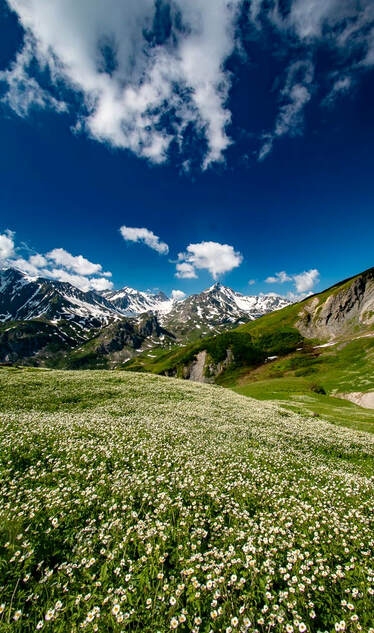
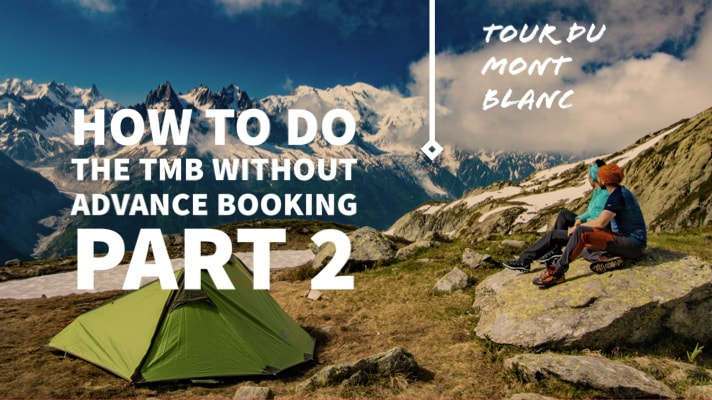
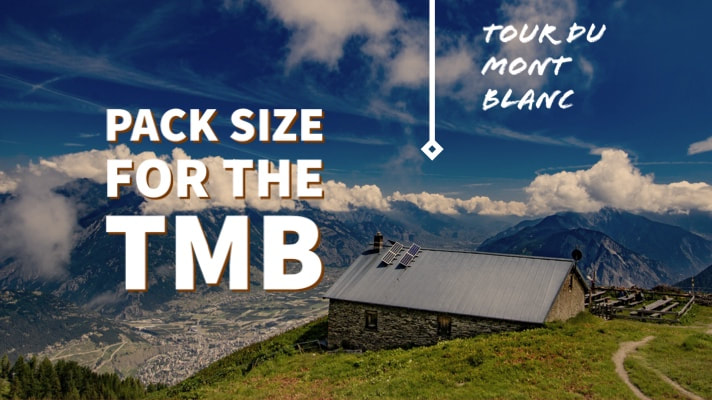
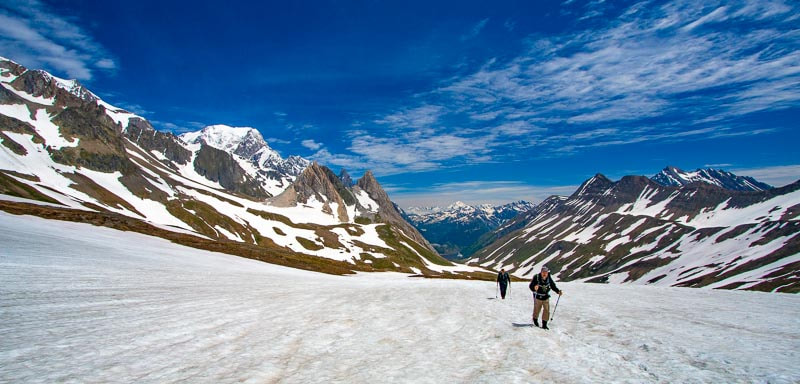
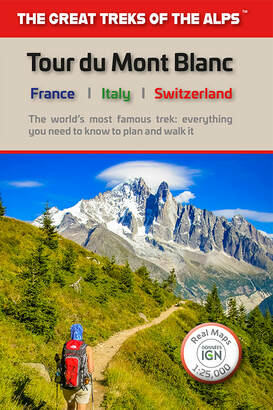
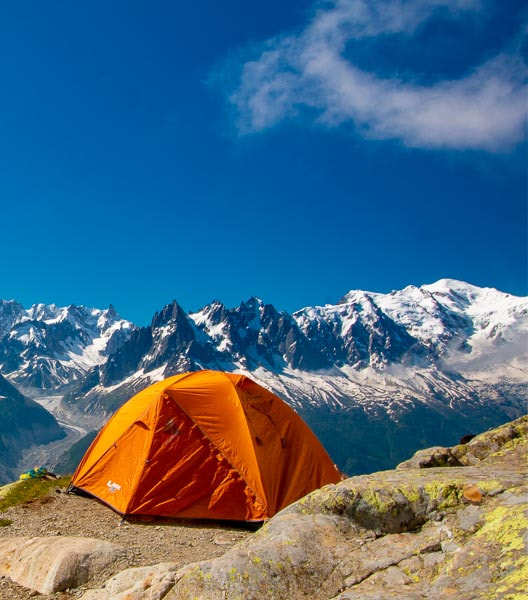
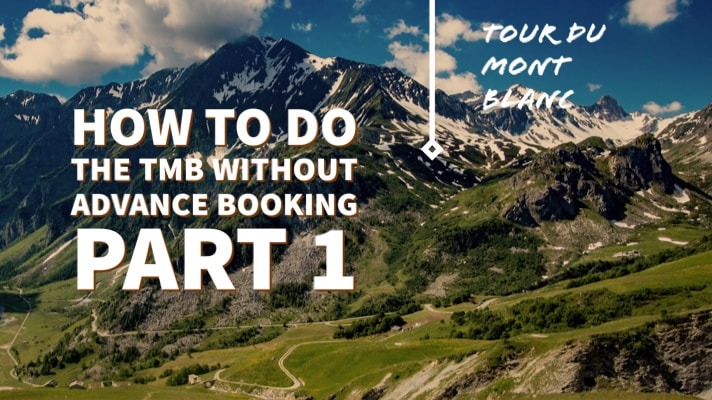
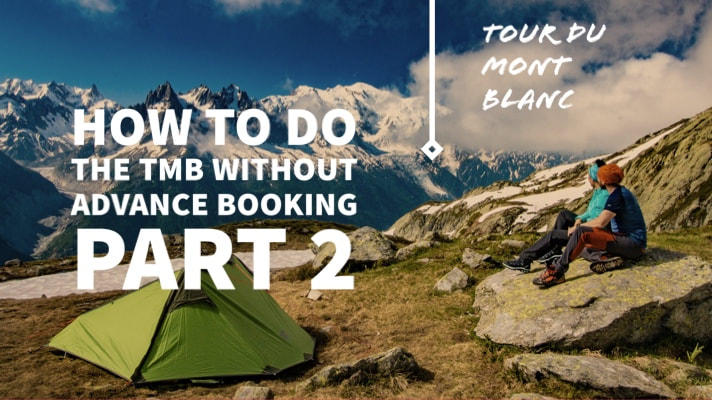
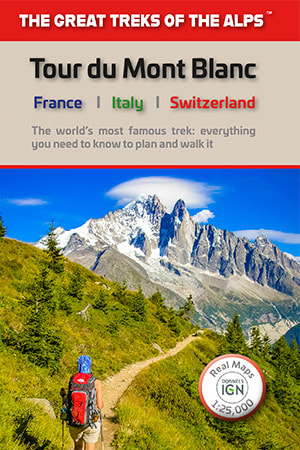
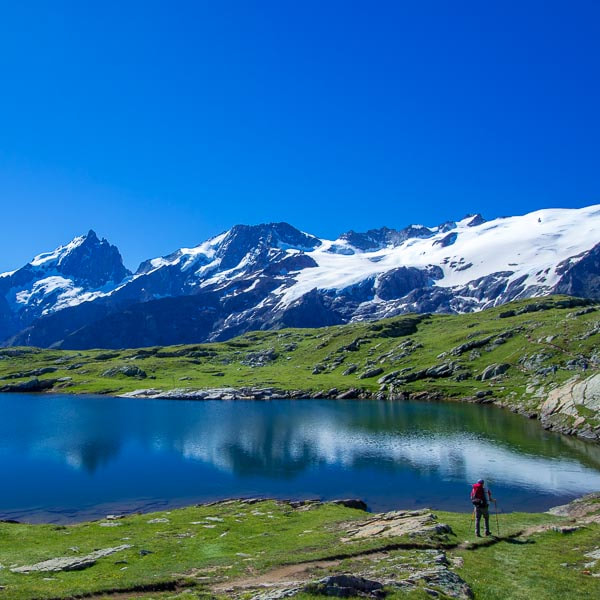
 RSS Feed
RSS Feed
